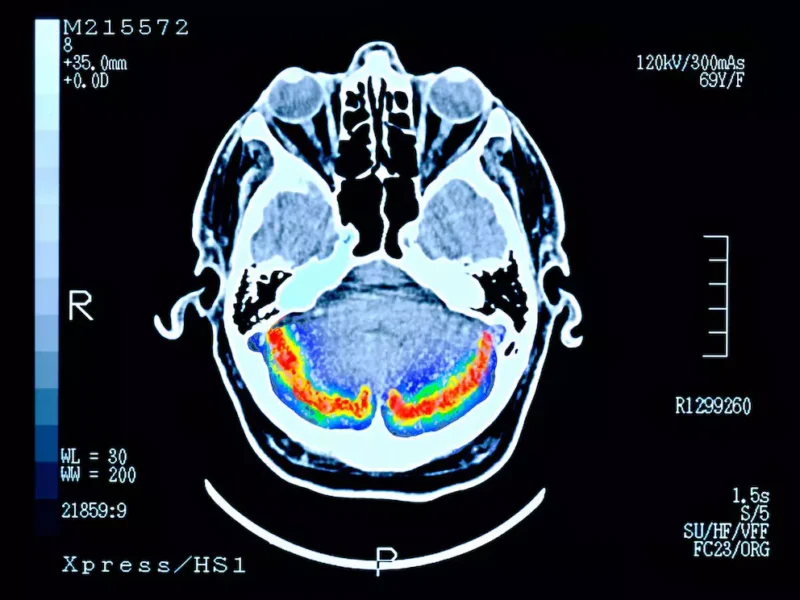As is known, there is no certainty about the causes that generate Alzheimer’s disease, but it is believed to involve genetic, environmental and lifestyle factors.
Some abnormal proteins have been identified, such as beta-amyloid plaques and neurofibrillary tangles. Which accumulate in the brain and can cause the death of neurons.
The discovery
However, as part of efforts to find a cure, researchers at the Federal University of Rio de Janeiro, Brazil, have identified a protein called hevin, capable of restoring synapses and improving memory in animal models of Alzheimer’s disease. This breakthrough opens up new therapeutic possibilities in the treatment of neurodegenerative diseases.
Such a substance not only protects brain connections, but could also reverse the cognitive deterioration associated with this disease. Hevin showed promising results in preclinical studies in mice by stimulating synaptic regeneration and restoring memory in affected animals.
The study published in the journal Frontiers in Aging Neuroscience, refers that the protein is a glycoprotein secreted by astrocytes -key cells of the central nervous system-, whose role in brain development was already known. However, this new research has shown that it also plays a fundamental role in the repair of brain tissue damaged by disease.
In tests with animal models, the specialists applied a recombinant form of hevin directly to the brains of mice with symptoms similar to those of human Alzheimer’s disease. After treatment, a significant recovery of synaptic connections and a clear improvement in memory tests were observed. It acts as a neuronal “glue”, facilitating the formation and strengthening of new connections between neurons.
Another highlight is that it not only protects existing synapses, but also promotes neuroplasticity. A essential process for learning and memory, which could open up new avenues for more effective therapies in early and even advanced stages of Alzheimer’s disease. One of the main causes of dementia in the world, affecting more than 55 million people. According to data from the World Health Organization (WHO).
Until now, available treatments only offer symptomatic relief, without halting the progression of the disease. Therefore, this finding has aroused great interest in the scientific community. As it represents an innovative approach that attacks the origin of the problem: synaptic disconnection.
Although the results in animals are encouraging, the researchers warn that years of studies and clinical trials in humans are still needed before considering its viability. Nevertheless, hevina is emerging as a promising tool in the search for a definitive cure for Alzheimer’s disease.
With information by Eduardo Marsan, from infobae.com.
Translated by Aliani Rojas Fernandez
- Dance Shows Effectiveness Against Parkinson’s Disease - 6 de December de 2025
- Valdés Mesa Urges Renewal of Agri-food Management in Mayari - 6 de December de 2025
- Expo-Holguin Fairgrounds to Host New Year’s Fair - 6 de December de 2025

